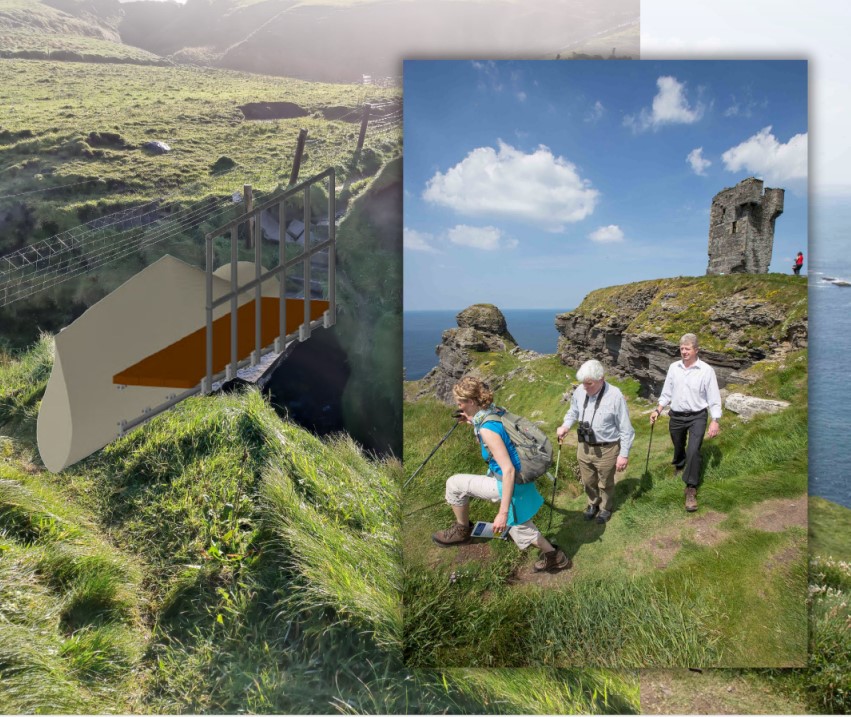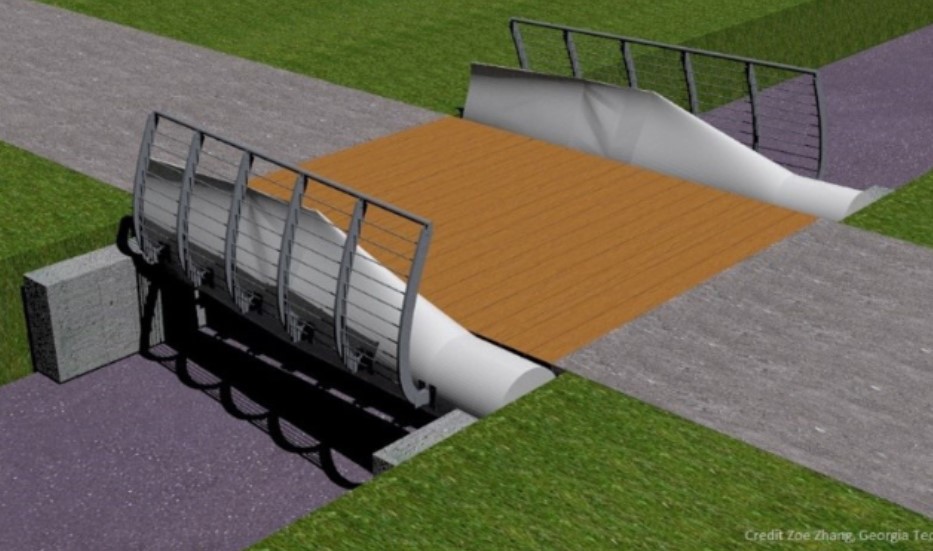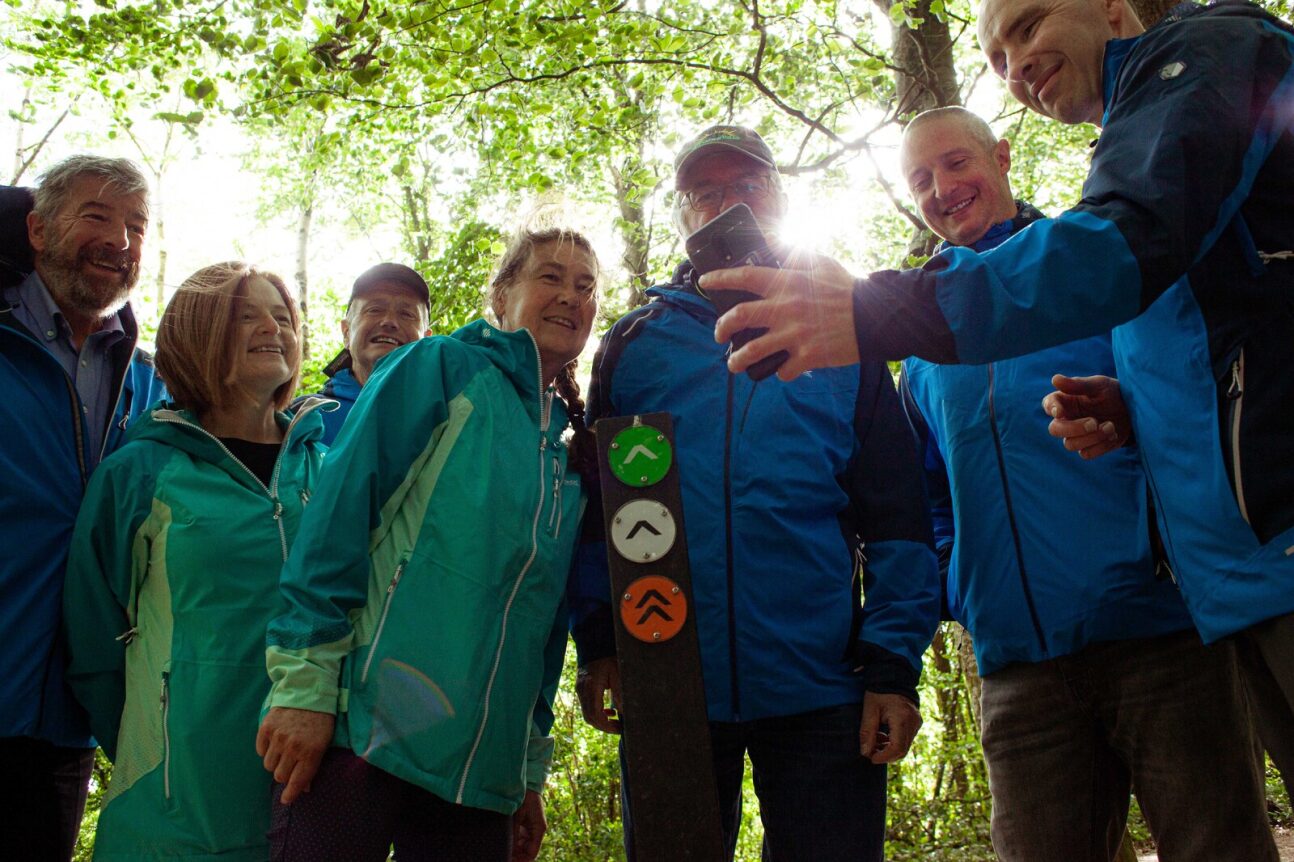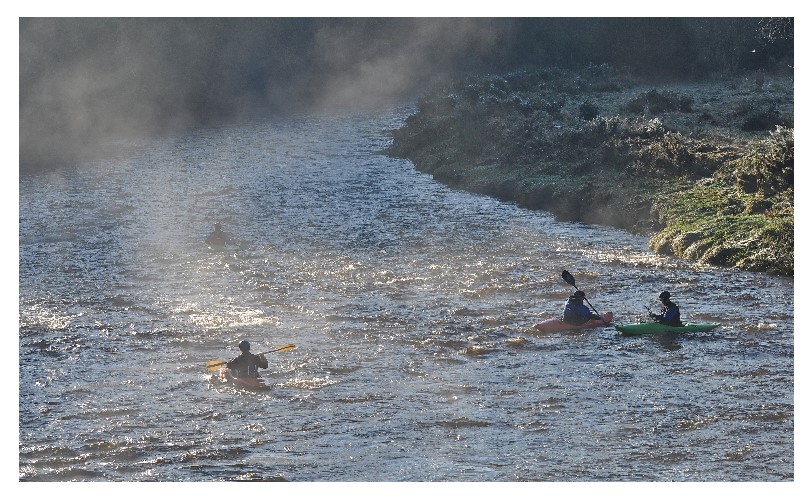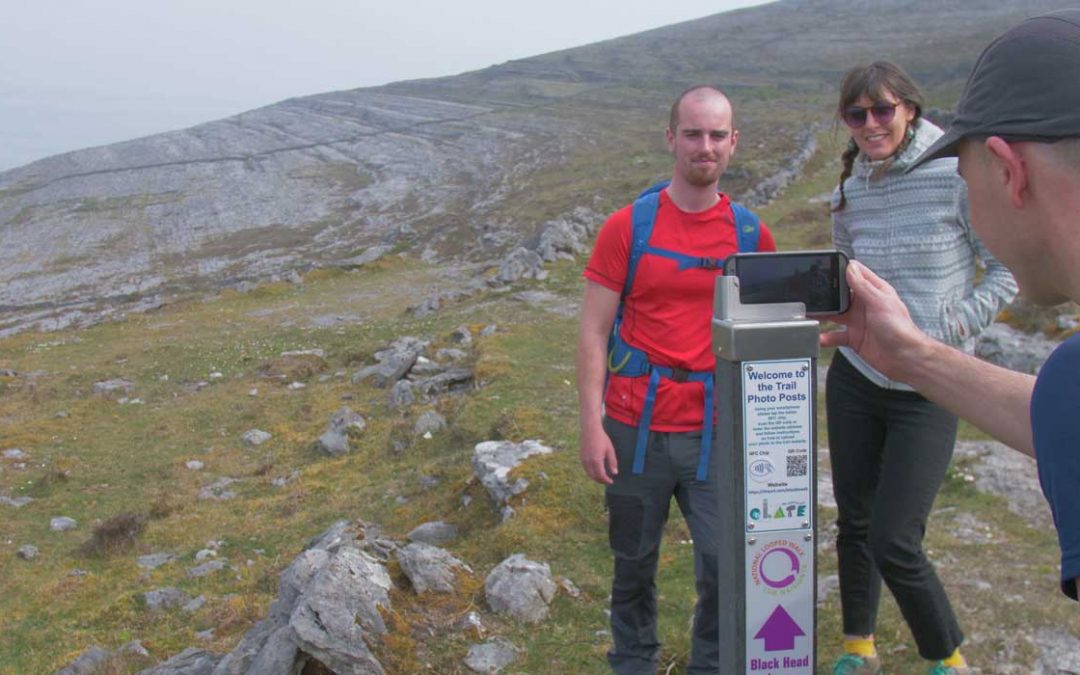
Securing Socio-Economic Rights and a Just Transition in Clare – You’re invited, Monday Nov 6th!
Communities in Clare at risk of an unjust transition, report finds. "We can’t rely on people’s goodwill one more time, what we need are resources." [Participant quote]
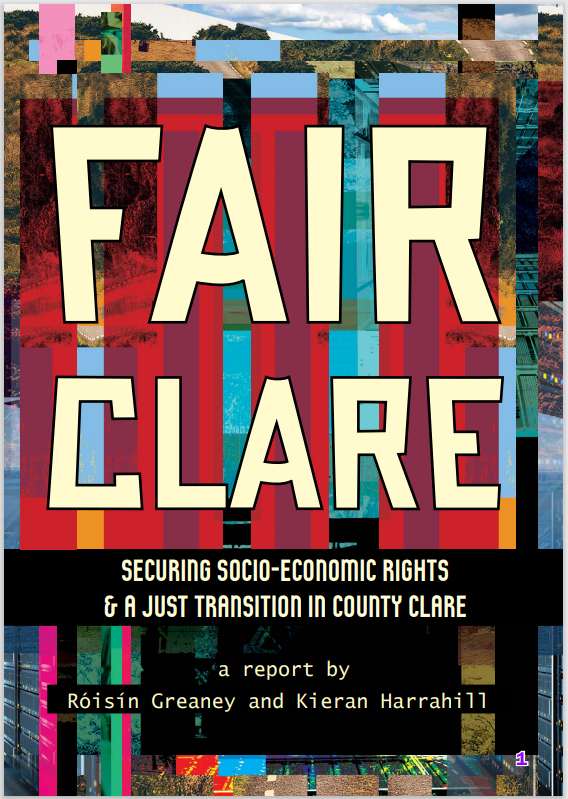
A first of its kind research project conducted in Clare which examined the effects on Clare communities of the transition to net zero carbon emissions has found that there is a risk of ‘an unfair transition in the county’ unless significant measures are taken to address this. The report: ‘Fair Clare: Securing Socio-Economic Rights and a Just Transition in Clare’ is jointly authored by Kieran Harrahill and Roisin Greaney both from TASC – Think Tank for Action on Social Change, who conducted a series of workshops with a wide range of communities in the county over the course of summer 2023
The report will be launched at a free event on Monday November the 6th at 7 pm in the Templegate Hotel, Ennis. Tickets must be booked in advance at this link:
..or by calling Clare PPN on 087-1617375 during office hours.
The report can be read in full HERE and the beautiful artist-designed print copies will be available on the night for those attending the launch.
Padraic Hayes, a Shannon based steering committee member for this project said:
“We’re really proud of this work and the fact that it has been developed directly by groups of people who are affected by poverty and discrimination in our communities. One of the main things we’ve learned is that if we can improve the services needed by those of us who are worst off, that actually everyone will benefit.”
Groups who participated in the lively discussion sessions for the project included those perceived to be at risk from climate action: low-income farmers, and other people on low incomes in rural areas including single parents, older people, people with disabilities, carers and others. Dedicated workshops were held with men from the Traveller community and with people who have come here seeking protection as a result of the war in Ukraine and with people living within the international protection system in Clare. The workshops were held in a range of Clare towns – Kilrush, Ennistymon, Shannon, Scariff, Ennis and Killaloe with everything from turf to tourism coming under scrutiny.
Sarah Clancy part of the Clare PPN team who oversaw the collaborative project observed:
‘We don’t want this report to sit on a shelf, it contains real issues and real proposals to solve them gathered from ordinary people some of whom are living in very difficult circumstances around the county. We are launching it now in advance of three forthcoming election cycles- the local and EU elections in 2024, and the General Election which is on the horizon and we want to make its recommendations part of every existing and would-be politicians policy platform whatever party they are with’.

Suggestions include developing an innovative a social enterprise incubator, that the Local Authority itself should adopt ‘community wealth building’ as its approach, that the national retrofit schemes no-cost plans should be extended to low and middle income households, that existing farm supports should be tailored to local needs and landscapes and it calls for the establishment of local information and help centres, community development projects and a suggests that a trades school should be established in an area of deprivation in Clare.
The project was commissioned by four local organisations working together: Clare County Council, Clare Local Development Company, Limerick and Clare Education and Training Board and Clare Public Participation Network and was funded by the Department of Rural and Community Development under the Dormant Accounts Fund and many of its findings have been fed into Clare’s draft Local Economic and Community Plan.
For more information or comments, please contact:
Sarah Clancy / 086 384 0973 / sarah@clareppn.ie


